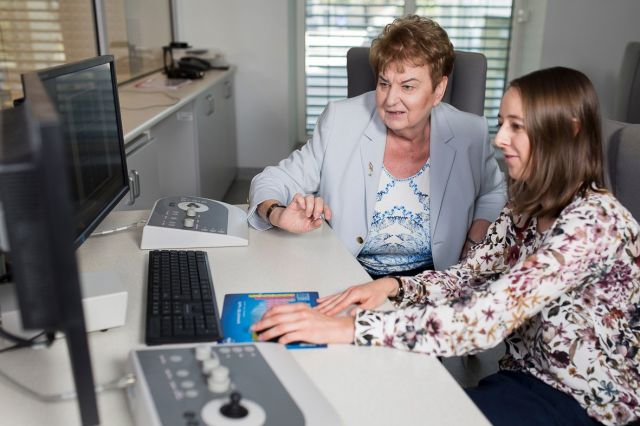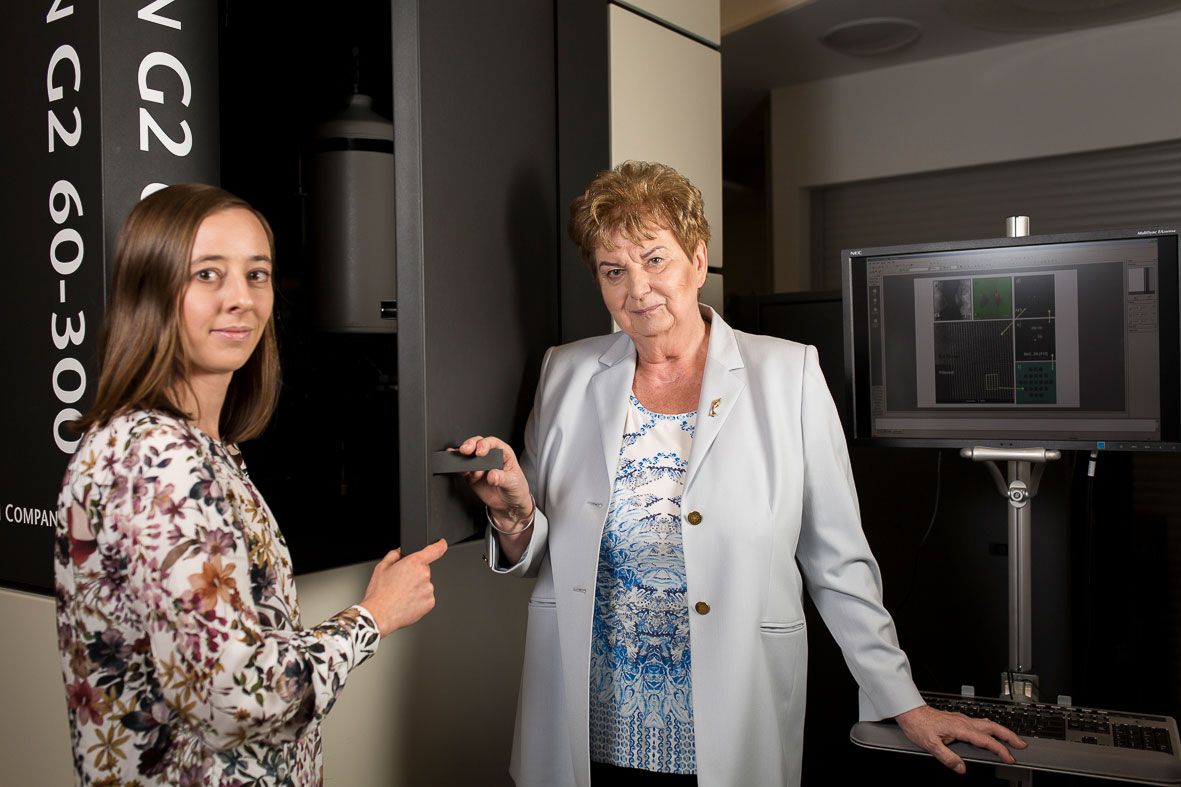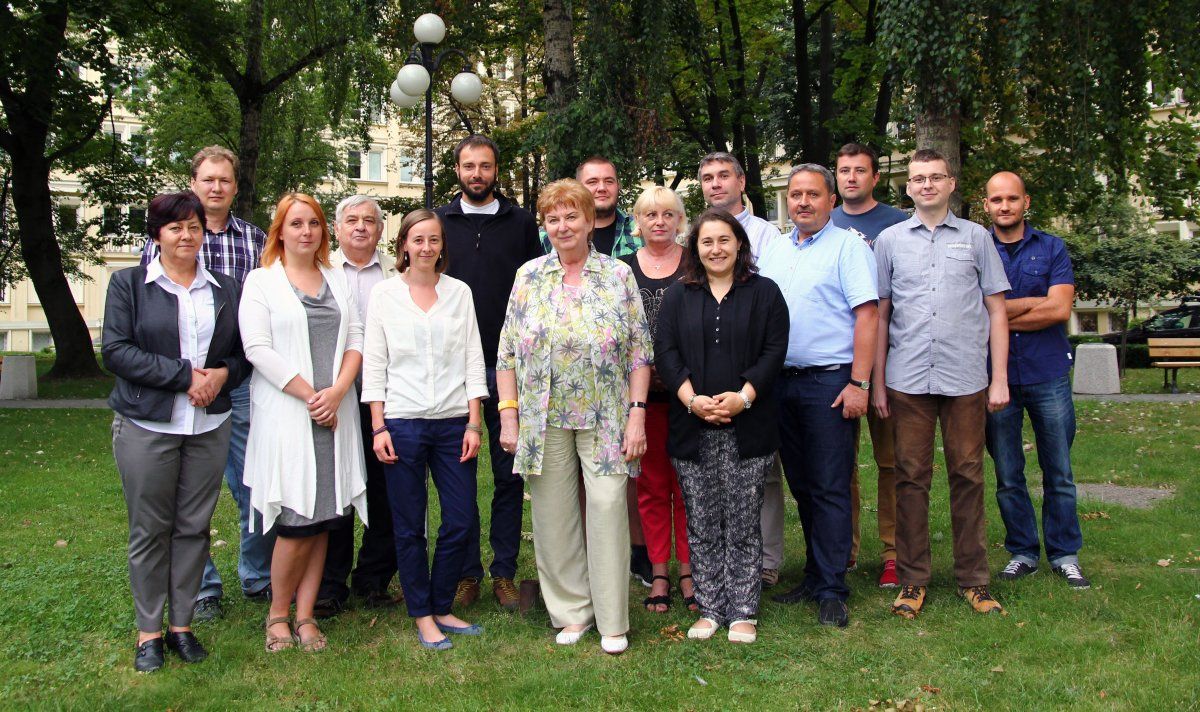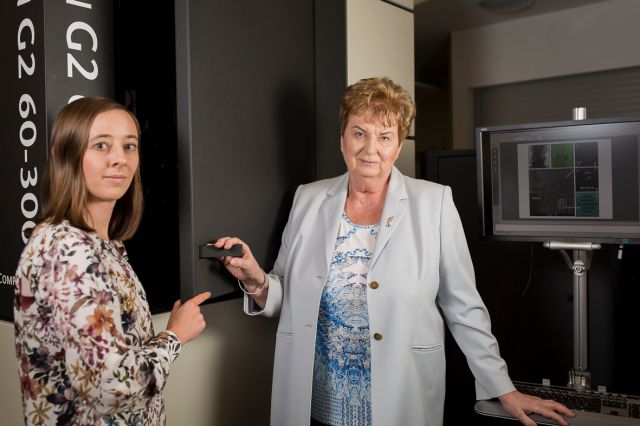JPI AMR soon to announce the next Joint Transnational Call 2019 on Diagnostics and Surveillance of Antimicrobial Resistance
December 2018 will see the launch of the next call for transnational projects supported by the Joint Programming Initiative on Antimicrobial Resistance (JPI AMR).
This call will fund joint transnational research projects addressing the development of diagnostic and surveillance tools, technologies and methods to detect antimicrobial resistance (AMR). Projects should address the diagnosis of AMR infections in clinical and veterinary settings, or the surveillance of AMR in humans, animals and the environment. The call promotes projects with impact in low and middle income countries (LMICs) in Asia and Africa.
AMR has become one of the major global health and development challenges of the 21st century. The threat of AMR is particularly high in resource-limited and high-risk settings. This is linked to issues such as weak human and animal health systems; diverse means of food production, processing and consumption; food safety and food security; water, hygiene and sanitation challenges; and the global movement of people and goods.
In response to these challenges, the JPIAMR is pleased to pre-announce this joint transnational call for proposals for innovative research projects on new or improved diagnostic and surveillance strategies, tools, technologies and methods. The call will support research projects that also have the potential for impact in areas where the risk and burden of AMR is greatest, such as in LMIC settings in Asia and Africa. Projects are encouraged to use a One Health approach where relevant.
The projected call budget is approx. 20 million Euro, including 0,5 Euro allocated by he NCN Council to fund Polish research teams participating in the call.
Scope of the call
Projects should aim to either:
- Develop strategies, tools, technologies, and methods for the detection, monitoring, profiling and/or surveillance of antimicrobial resistance and dynamics leading to resistance.
- Study ways to facilitate and implement the uptake and use of existing strategies, tools, technologies, and/or methods for the detection, monitoring, profiling and surveillance of antimicrobial resistance and dynamics leading to resistance.
Expected Outcomes
It is expected that this JPIAMR call will contribute to the urgent need to curb the burden associated with the most prioritised infections in different geographical settings. This topic area is also suitable to reinforce collaborations involving industry and social sciences. Regional LMIC led collaborations are welcomed. The results of the funded projects should contribute to improved understanding, monitoring and detection of AMR where efforts to curb AMR will have a global impact.
Suggested Focal Areas
- Establish the validity of new or improved diagnostic tools, technologies and methods.
- Evaluate how new or improved diagnostics can promote more prudent use of antibiotics (e.g. narrow spectrum antibiotics) in human and veterinary use
- Rapid diagnostics (essential for optimal antimicrobial selection) and point-of-care techniques, to improve personalised or individual therapies
- Development of new, or more efficient use and accessibility of already existing, tools, technologies and/or methods to detect AMR in multiple reservoirs, for example human, animal and environmental samples
Projects are encouraged to consider the global use of the tools, technologies and methods, including use in low and lower middle income settings (e.g. lack of laboratory facilities, affordable diagnostic tests, unreliable or unavailable electricity supplies or points-of-care-tests).
The following sub-topics are not within the scope of the call:
- Investigations based on, or involving, clinical trials.
- Investigations aiming to improve existing commercial technology or products (more details on this will be in the full call text and annexes)
Participating countries eligibility
- Full eligibility criteria will be included in the Call launch.
- Consortia of eligible scientists from participating JPIAMR member countries and eligible countries in Africa and Asia may apply to this call.
- Applicants must adhere to the specific regulations of their national funding organisations.
- Consortia must include a minimum of three and a maximum of six project partners from at least three eligible countries.
- Participating JPIAMR member countries include Canada, Czech Republic, Finland, France, Germany, Israel, Italy, Latvia, Norway, Poland, Romania, Spain and Sweden.
The Netherlands and South Africa has the intention of joining the call but no funding is guaranteed yet.
Please note that the list of participating countries is provisional.
Expected timeline
The call has a two-step application process (pre-proposal, full proposal) with the following targeted timetable:
- December 5 2018 – publication of the JPIAMR 2019 Call,
- February 15 2019 (17:00 CET) – submission deadline for pre-proposals,
- Mid April 2019 – full proposal invitations sent to project coordinators,
- June 14 2019 (17:00 CET) – submission deadline for full proposals,
- Late September 2019 – final funding decision taken by the funding organisations,
- Mid October 2019 – final funding decision announced to applicants,
- End of 2019/Early 2020 – start of funding.
News and updates
Updates to the call, including the participation of funding organisations, will be published on the call page on the JPIAMR website, in a JPIAMR newsletter, and on Twitter and Facebook.
Kontakt:
- dr Jerzy Frączek, tel. 12 341 9165
- Jolanta Palowska, tel. 12 341 9139








